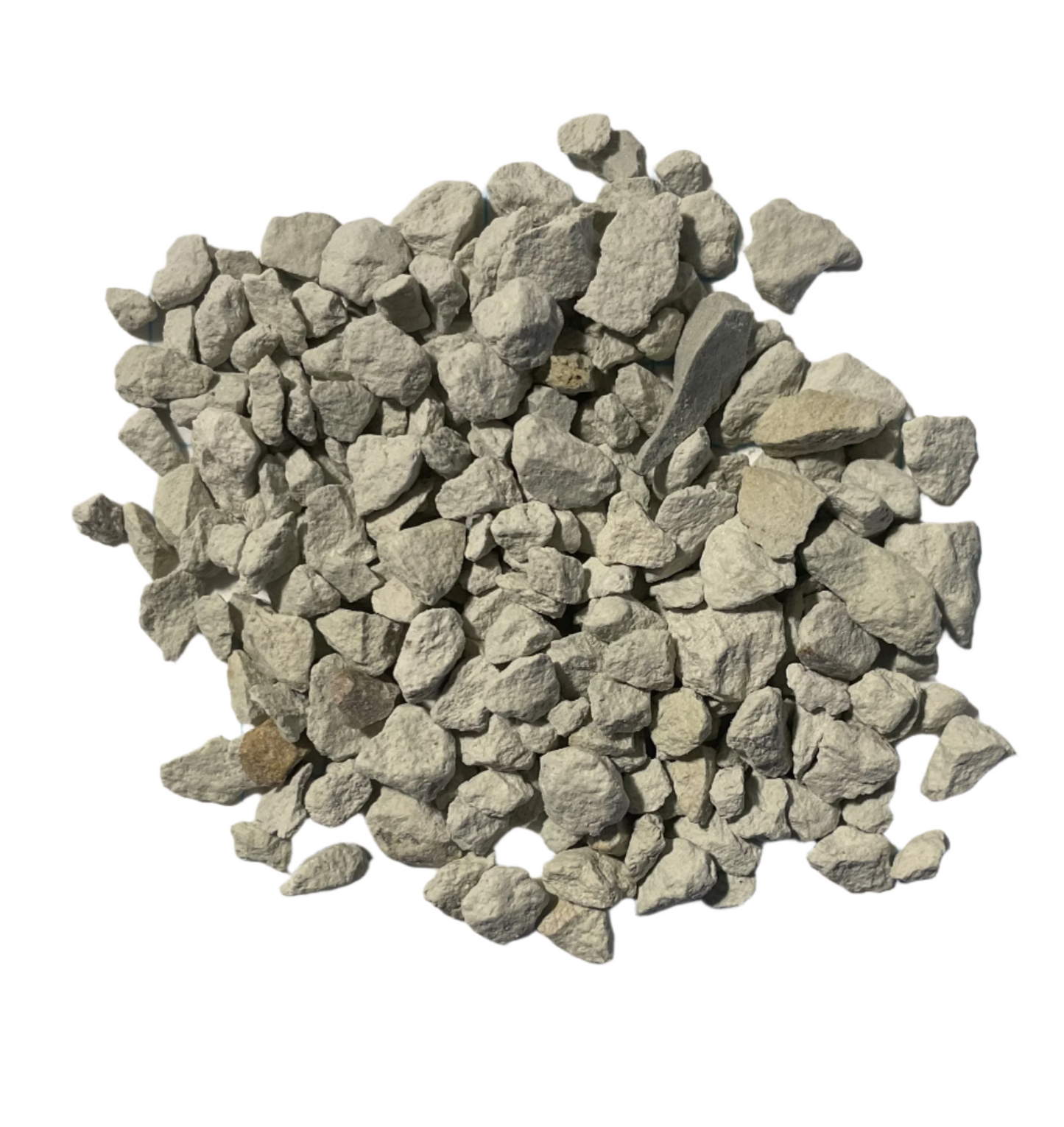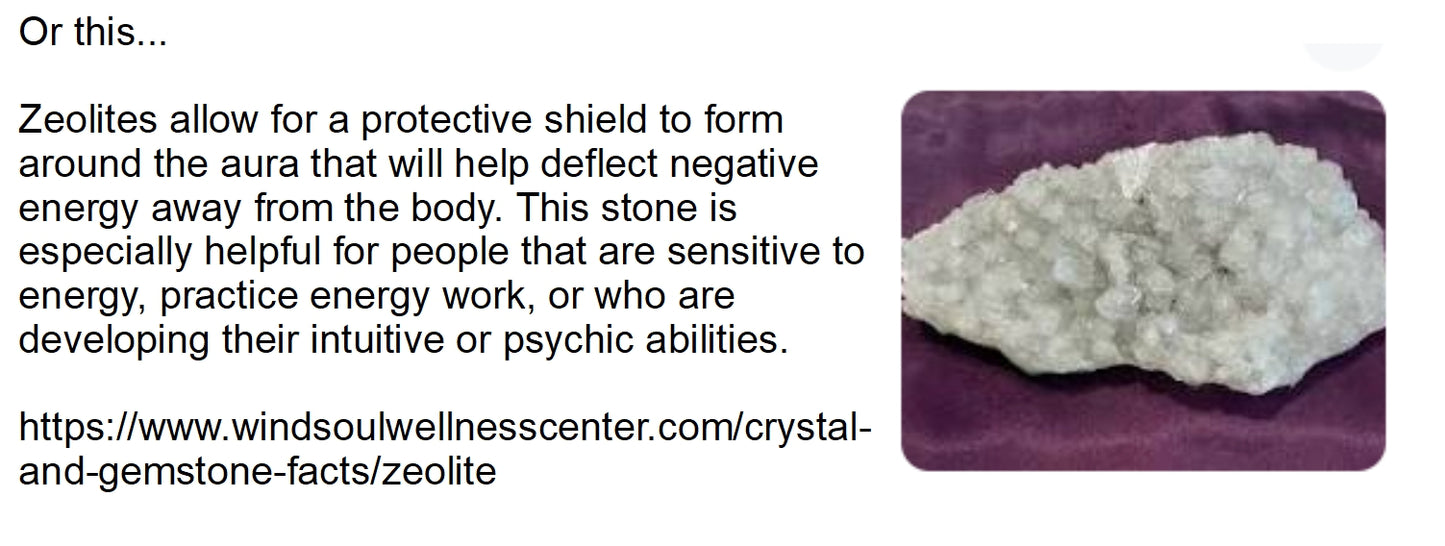











The same great zeolite that goes in the Purrified Air litter box air filter is now available in bulk for a multitude of uses.
- Cat litter box – as additive or sole litter, helps remove ammonia (cat urine) odor.
- Aquariums – removes ammonia (fish urine) from water.
- Decorative rock for potted plants, bonsai, succulents.
- Improves soil for plants – promotes slow release of water (prevents over watering), improves aeration of soil, and buffers PH. – Use about two cups per cubic foot of garden soil or about one cup per medium (1-2 gallon) flower pot.
- Animal barns, absorbs urine and odor when spread on floor.
- Shop and factory floors – absorbs chemical spills.
- Traction agent – for icy road and walkways. Swimming pool filter media.
Our product is Clinoptilolite Zeolite. It comes from an area called the Sheaville deposit along the Idaho and Oregon border. Full test information on this mineral is shown in the photos.
The size of this granular material is U.S. Standard Sieve Mesh 3-7. The mesh size refers to how many openings per inch in the mesh. In this case there are three openings in one direction and seven in the other. This produces pieces that have fit through spaces 0.25" x 0.11". This is the only size we offer.
ZEOLITE IN SOIL TREATMENT
In agriculture, zeolite is used as a soil treatment. If previously loaded with ammonium, the zeolite can serve a similar function in the slow release of nitrogen. Of course, the zeolite in a used filter media pack is loaded with ammonia as that is the primary odor causing chemical in cat urine which was captured by zeolite instead of your nose. Ammonia is also a key ingredient in fertilizer as it is a form of nitrogen. Think about this. The bad odor you eliminate with filter media turns into plant food. Talk about the circle of life. This is why we recommend to Purrifier owners that they recycle filter contents into their gardens or flower pots.
Zeolites can also act as water moderators, in which they will absorb up to 55% of their weight in water and slowly release it under the plant’s demand. This property can prevent root rot and moderate drought cycles.
Following are the uses of Zeolites in Gardening and Farming
-
It acts like a soil conditioner and can help retain more water in soil, 100 grams of Zeolite can hold 80 grams of water and can release it easily to plants.
-
Zeolites also have been observed to store nutrients and release them slowly. Hence they can be used with singular fertilizer.
-
They can be mixed with soil during soil preparation phase.
-
In pots they can be lined at the bottom of pot so that draining water can be absorbed and nutrients escaping can be recovered.
-
They can also be used to line the bottom of the lawn bed just prior to laying of soil, this can help your lawn to become more efficient in terms of water and nutrients.
-
Zeolites can help in absorbing water which is released to plants easily.
Unlike soil amendments such as lime, zeolite does not break down over time. Instead, it remains in the soil to improve nutrient retention. In agriculture and horticulture, zeolite is used as a slow-releasing carrier of fertilizers and agrochemicals like insecticides, pesticides, and growth stimulators. The mineral is particularly useful for recultivation, increasing the nitrogen balance in light and sandy soil, and increasing the production capacity of acid in devastated soils.
Zeolite also prevents soil compaction and works to increase infiltration, both of which promote aeration of deep root systems due. This process is made possible by the mineral’s high surface area and porosity.
Because of its superior absorption and adsorption properties, zeolite reduces water and fertilizer costs by retaining beneficial nutrients and moisture in the root zone. The porous structure of the mineral promotes active soil that remains aerated and moist over time. Because zeolite is not acidic, its use alongside fertilizers can buffer soil pH levels, which reduces the need for lime applications. Due to these properties, zeolite is beneficial both in terms of economic and environmental factors.
More good information on this amazing substance here on the Zeolite Wikipedia page.












